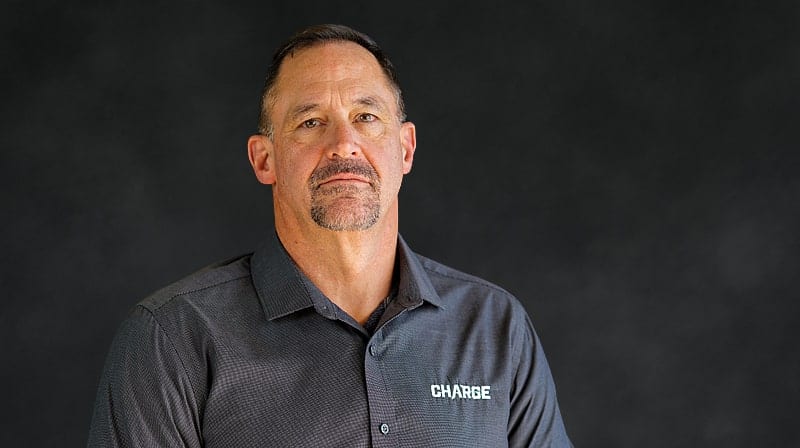One of your crew climbs into a trench to do a simple task they’ve done hundreds of times in the past. Maybe they’re installing a conduit or fusing a service tee. Suddenly, the soil around them breaks free, following the path of least resistance, flooding the bottom of the trench and burying the worker alive.
Thousands of pounds of soil engulf the worker in a matter of seconds, crushing down on their body and chest. While they await rescue, they slowly suffocate and die in a hole they very well may have dug themselves; their very own grave. It would be nice if this were just a bit of fiction, but it is not. As we have discussed during numerous recent tailboards this tragic scenario happens all too often.
A competent person is an employee who is capable of identifying existing and predictable hazards in the work area or working conditions that are unsanitary, hazardous or dangerous to employees, and who has authorization to take prompt corrective measures to eliminate them. OSHA standards require someone onsite – such as a foreman, supervisor or other employee – to be designated as a competent person.
It’s a fairly misunderstood term. Some people may believe they can be considered a competent person because they attended a class or a boss arbitrarily assigned the title to them – although neither is necessarily the case.
A competent person should not be chosen lightly. Demonstrating competency in the field in addition to completing formal training courses is a must. It’s usually a person with some tenure, but again, knowledge of the trade is not necessarily knowledge of safety. Safety must be the key qualifier when designating a
competent person. This distinction must be clear.
The competent person must be aware of and focused on many key aspects of trenching and excavation including:
- Clear and open communication with all personnel responsible for the excavation operations;
- Determination of the appropriate protective systems based on the conditions at the excavation site including trench depth and width, soil conditions, etc.
- Monitoring of all employees entering the excavation to ensure proper training in hazards and recognition, work practices, protective measures, and emergency response.
- Ongoing inspections of the excavation and adjacent areas.
- Atmosphere testing for potential oxygen deficiency or build-up of hazardous gases.
- Classifying soil and rock deposits, by visual analysis and testing, to determine appropriate protection; reclassifying, if necessary, based on changing conditions.
- Proper adherence to approved Traffic Control Plans (TCP) or Manual on Uniform Traffic Control Devices (CA MUTCD).
- Authorizing immediate removal of employees from hazardous areas where evidence of possible cave-in, failure of protective systems, hazardous atmospheres or other hazardous conditions exists, until proper safety precautions are taken.
The value of a knowledgeable, well-trained and conscientious competent person cannot be underestimated. A qualified competent person can help ensure compliance with OSHA regulations and standards, and more importantly, eliminate or significantly reduce the potential hazards and risks associated with trenching and excavation.

